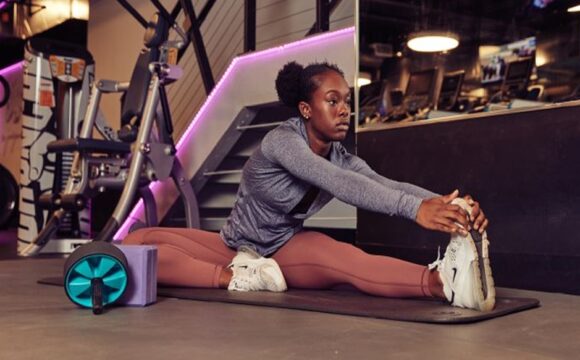In nearly all sports, injuries are an occupational hazard. For professional athletes and their teams, it is essential that the athlete returns to playing as soon as possible. In this article, we will examine the role of cortisone injections in the treatment and rehabilitation of athletes.
The need for cortisone injection clinics
Most sports teams will already have a physio – or team of physios – to keep their players healthy. The physio can deal with minor injuries and treatment, and the sporting team may also incorporate other disciplines and modalities into their regime for keeping players in peak condition. These will typically include things like regular sports massages, nutritional advice, and experts on strength training, fitness and performance.
However, cortisone injections are an invasive medical procedure which can only be prescribed and carried out by an appropriately qualified professional – generally a doctor or an appropriately qualified physiotherapist. These skills are too specialist for the typical sporting club to have on their team, so they will need to refer their players to a cortisone injection clinic where appropriate. The doctor or other medical professional will then be able to carry out an ultrasound examination, check for any contraindications and advise on the suitability of the patient for a cortisone injection.
Appropriate cases for cortisone injections
Cortisone injections are not a go-to therapy for sporting injuries and are generally used in very particular cases, where conservative treatment has failed.
In the first instance following an injury, a physiotherapist will carry out an assessment and ascertain whether surgical intervention may be required. In the case of a simple torn muscle or repetitive injury, in most cases rest, physiotherapy and other non-invasive protocols will be enough for the player to recover. In more serious cases such as an ACL rupture, surgery may be required, followed by an extensive period of rehabilitation.
A cortisone injection is typically appropriate in non-surgical cases where the injury causes a lot of pain and inflammation, to the point where it may prevent the athlete from following a physical therapy programme. It is important to take into account a wide range of information about cortisone injections when considering whether it is the most appropriate treatment in any given case.
Effects of cortisone injection
The primary effect of a cortisone injection is to rapidly decrease both swelling and pain in the affected area. Whilst this does not directly address the underlying causes of an injury (i.e. it does not aid in repairing damaged tissue), the respite from pain and swelling can give a window during which the athlete can begin a rehabilitation programme and allow the body’s natural healing mechanisms to work more effectively.
There are also many potential side-effects of cortisone injections, ranging from minor ailments such as temporary skin discoloration, through to more serious effects. For this reason it is not recommended to have regular cortisone injections, and the specialist practitioner will weigh up the potential side-effects against the potential benefits for the athlete and the team.
Rehabilitation and reloading following a cortisone injection
Following a cortisone injection, a rehabilitation and reloading regime is essential for the athlete, to rebuild strength and flexibility as the body repairs. This will be carried out under the guidance of a physiotherapist and may include specialist stretching, strength training, functional exercises and a gradual return to full performance.
Competitive sports are hard on the body and it is important the athlete does not attempt to return to full activity before the injured area is entirely healed and reloaded. The physio will advise the athlete and team on the readiness of the athlete to return to activity, and gradually phase them back into their previous level of exertion.







